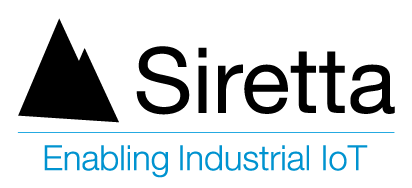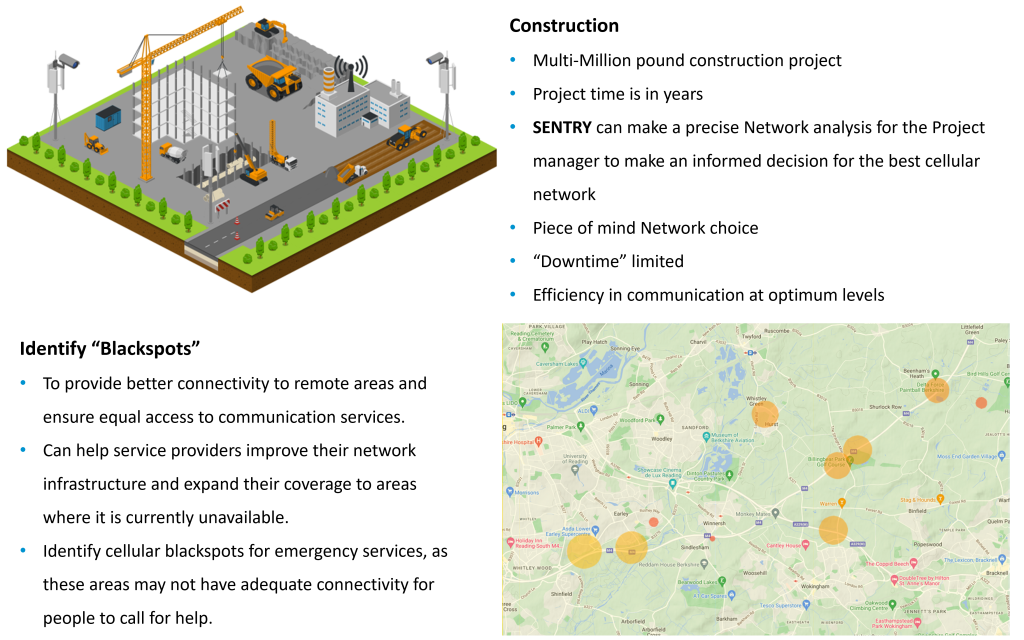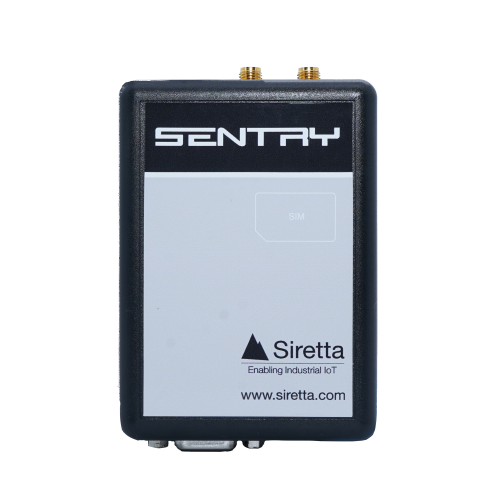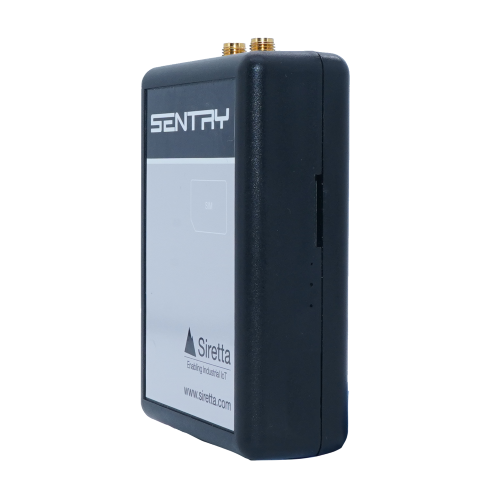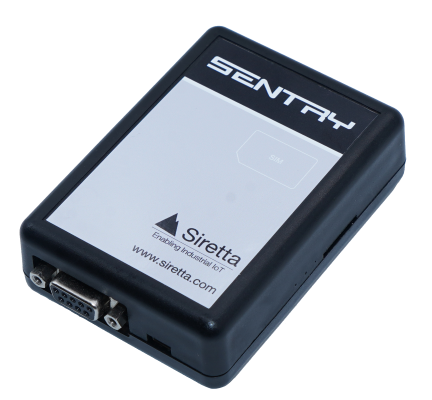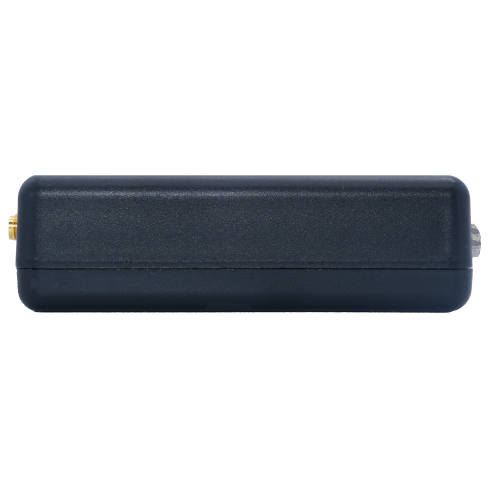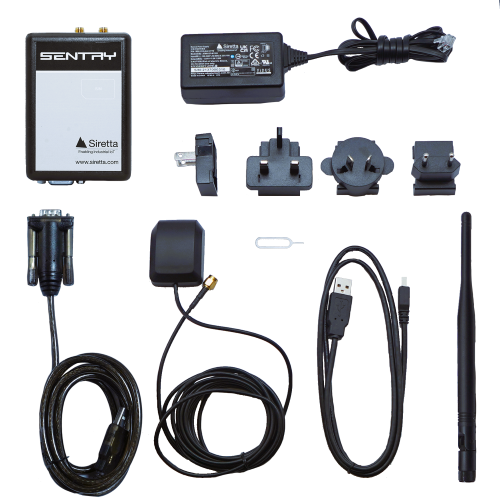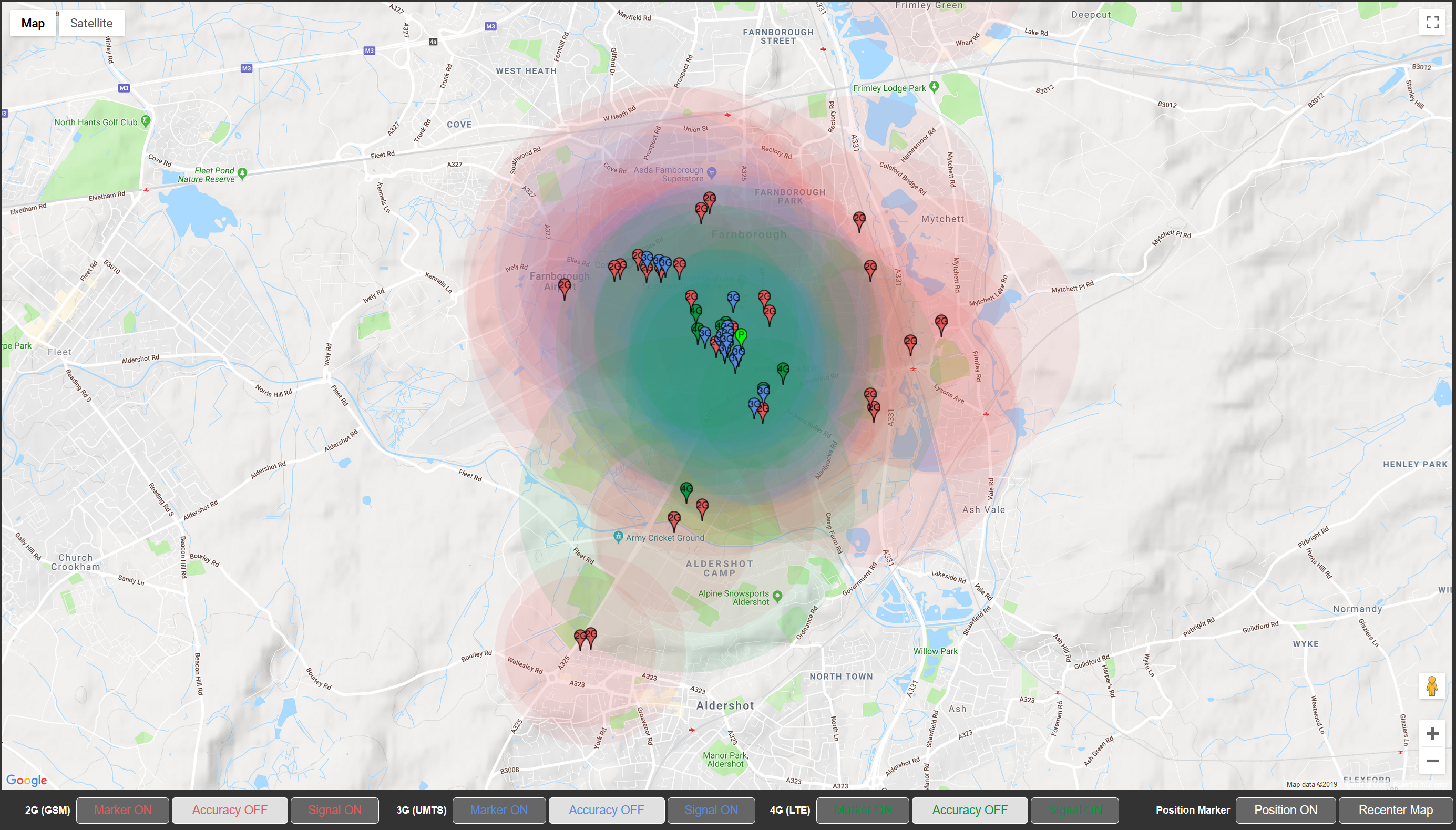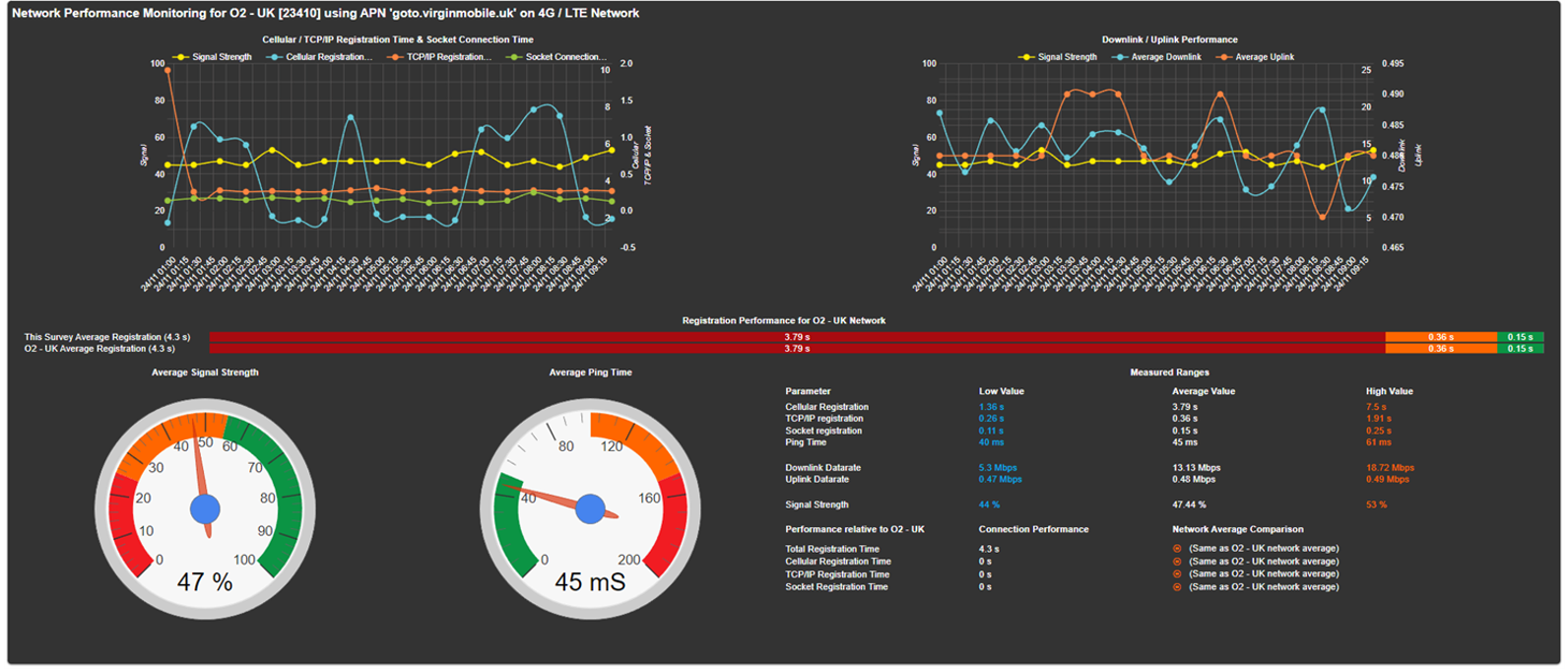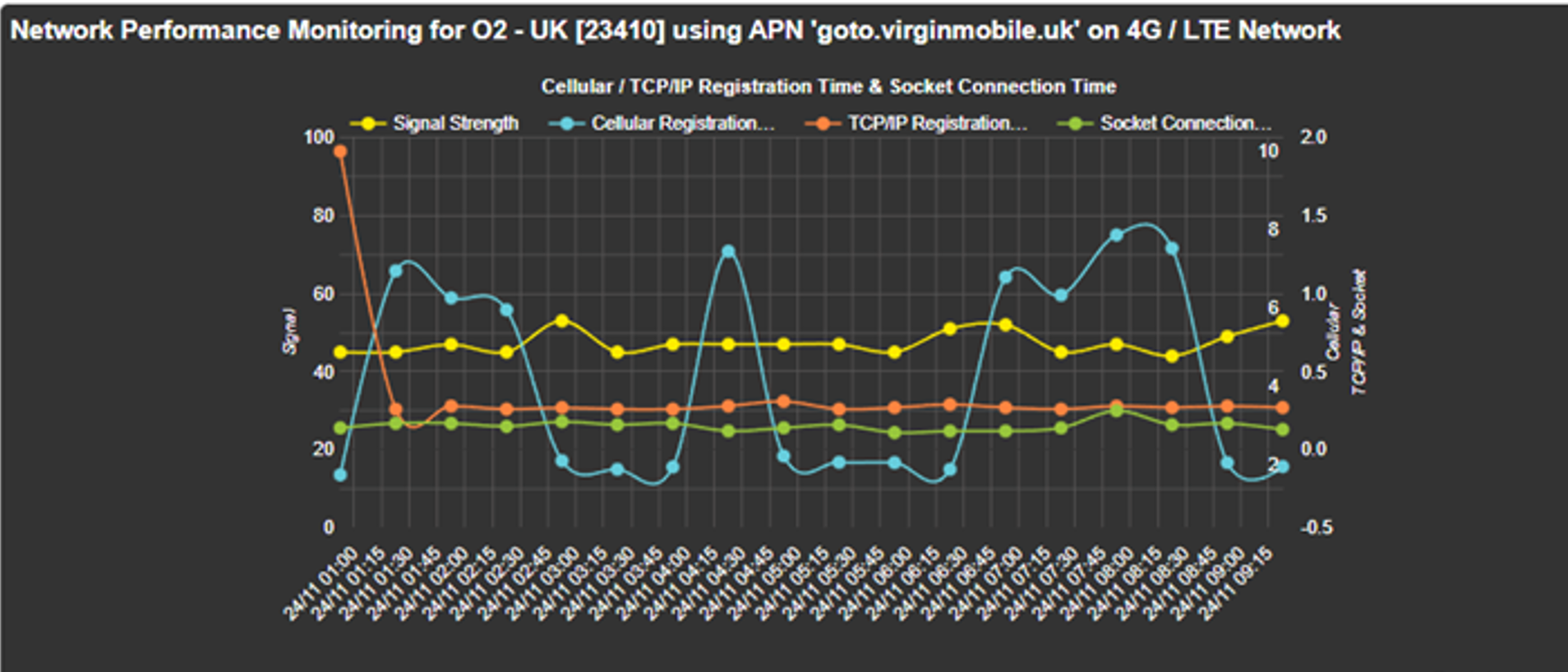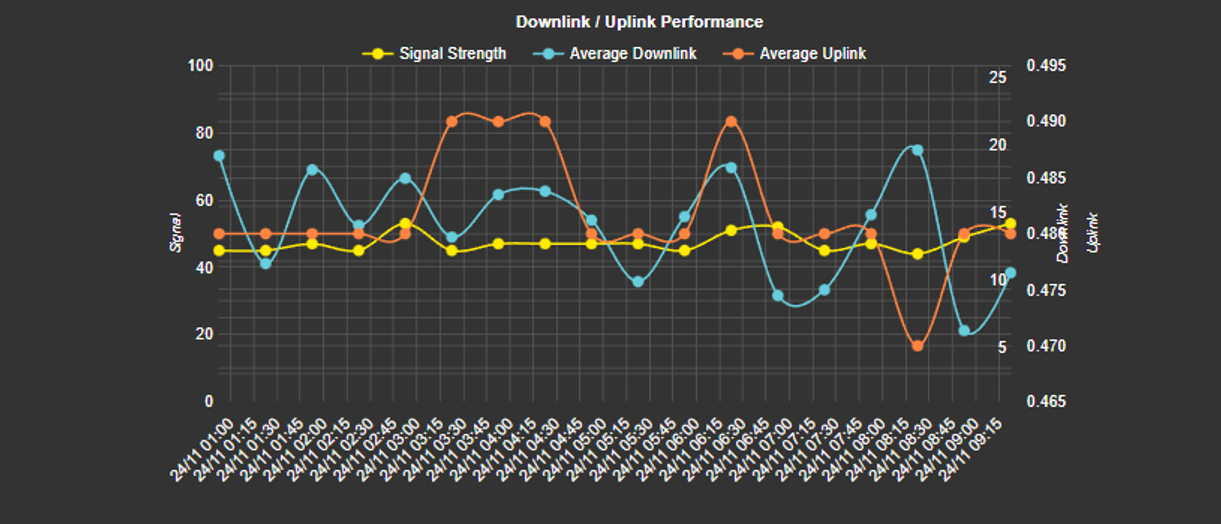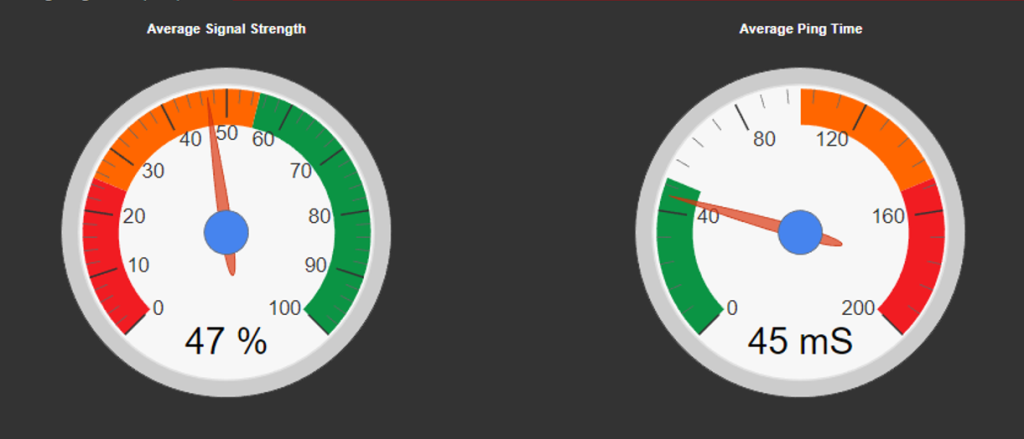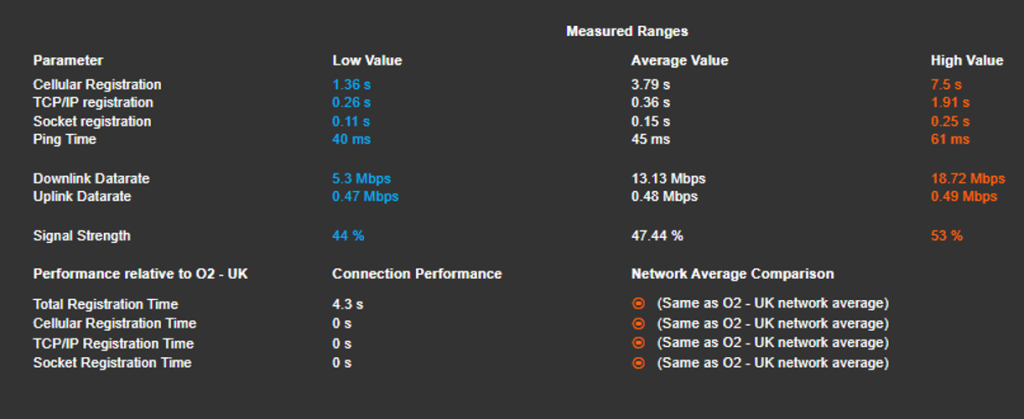The SENTRY-G-LTE4 (EU) is a high performance, remote network signal analyser and cellular signal logger, dedicated to surveying and logging the 4G/LTE (EU), 3G/UMTS & 2G/GSM European networks.
The SENTRY-G-LTE4 (EU) is the latest release of Network Analysers that is monitored remotely.
The unit can be left unattended to conduct surveys in a fixed location and automatically saving them. Four types of survey can be performed: a “FULL” survey (4G, 3G and 2G combined), 4G/LTE only, 3G/UMTS only & 2G/GSM only. The SENTRY-G-LTE4 (EU) also has the capability to monitor cellular registration time, socket connection times, TCP/IP registration, Ping time and upload-download speed testing.
SENTRY-G-LTE4 (EU) can save multiple surveys each with different logging options and all survey results can be viewed using the CloudSURVEY portal to clearly show the logged detail over the survey session. This can identify unreliable base-stations & intermittent cellular service which is not possible with spot surveys.
The SENTRY-G-LTE4 (EU) is an invaluable tool for understanding local network performance over hours, days and weeks to assist in the selection of reliable mobile network operators before cellular installations.
